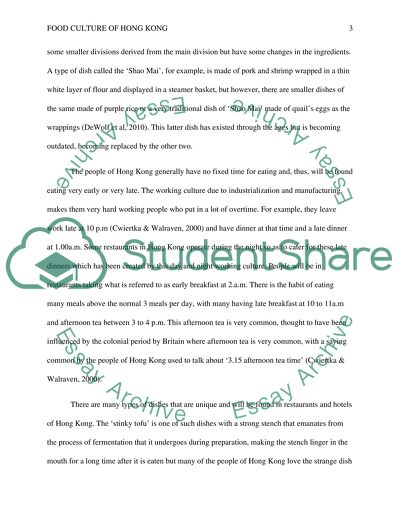Cite this document
(Food Culture of Hong Kong Essay Example | Topics and Well Written Essays - 2000 words, n.d.)
Food Culture of Hong Kong Essay Example | Topics and Well Written Essays - 2000 words. Retrieved from https://studentshare.org/culture/1597199-food-culture-of-hong-kong
Food Culture of Hong Kong Essay Example | Topics and Well Written Essays - 2000 words. Retrieved from https://studentshare.org/culture/1597199-food-culture-of-hong-kong
(Food Culture of Hong Kong Essay Example | Topics and Well Written Essays - 2000 Words)
Food Culture of Hong Kong Essay Example | Topics and Well Written Essays - 2000 Words. https://studentshare.org/culture/1597199-food-culture-of-hong-kong.
Food Culture of Hong Kong Essay Example | Topics and Well Written Essays - 2000 Words. https://studentshare.org/culture/1597199-food-culture-of-hong-kong.
“Food Culture of Hong Kong Essay Example | Topics and Well Written Essays - 2000 Words”. https://studentshare.org/culture/1597199-food-culture-of-hong-kong.


